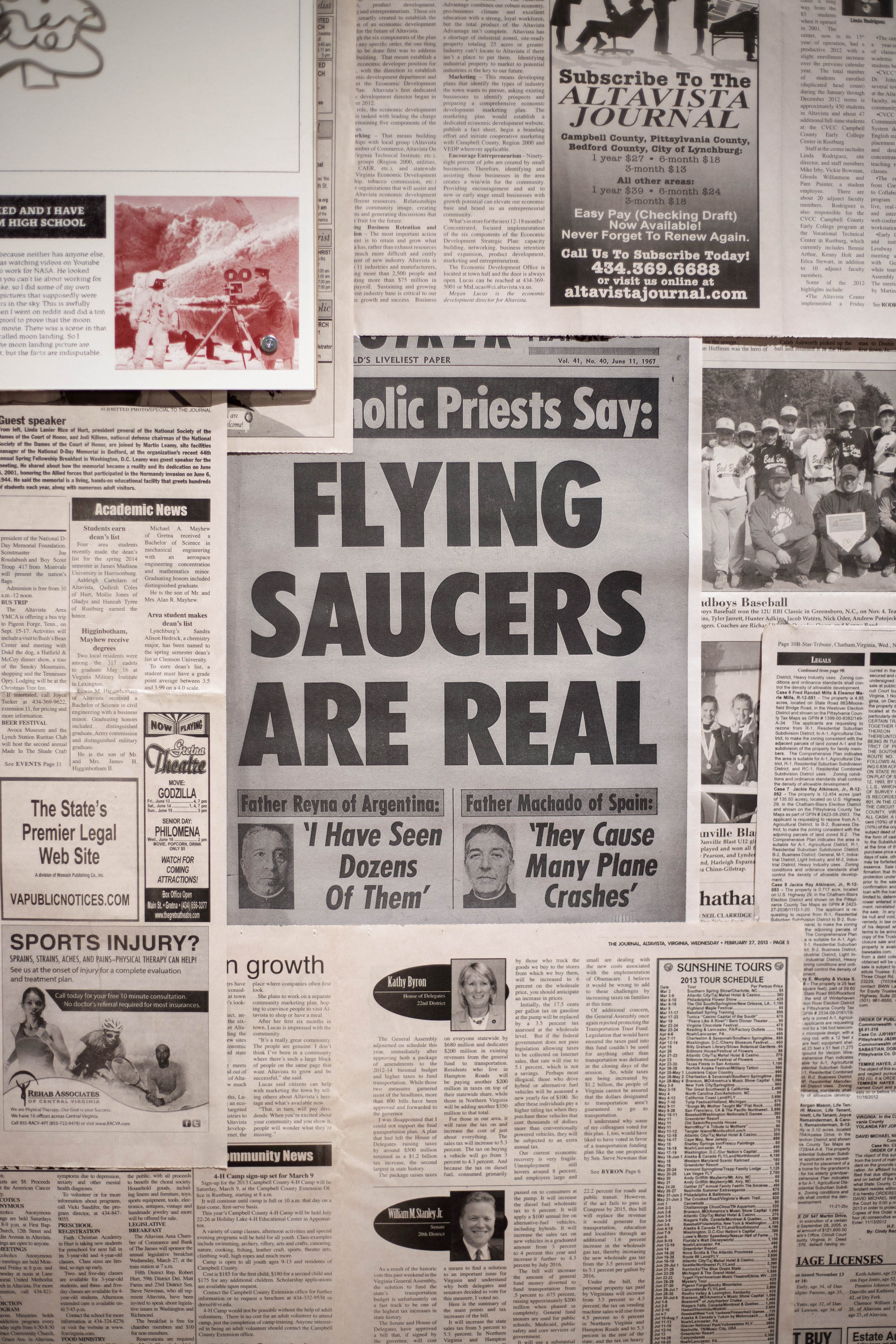This is an exploration of my Master of Fine Arts’ Thesis.
The Museum of Misinformation:
An Interactive Exhibit Illuminating the Effects of Social Media Algorithms on Cognitive Bias and the Spread of Misinformation

The Problem:
Due to the recent rise of social media being positioned as a news source, forms of misinformation have been disseminated at an alarming rate. Because social media allows fact and fiction to live side by side while implementing an algorithm that builds off of and amplifies confirmation biases, millennials’ ability to analytically assess information has been impaired. This results in the direct perpetuation of misinformation which serves as a threat not only to the individual but the democracies in which they live. In order to slow the spread of misinformation, individuals must become aware of how social media algorithms amplify their own biases.
To better understand the complex topics such as the psychology of misinformation, the role that social media plays in the spread of misinformation, and why this affects millennials, a literature review was completed. Scholarly articles, case studies, and key masters in the field were consulted and used to formulate an in-depth research approach. Additional research methods such as visual analysis and imageboards were used.
To view the entire thesis document click the button below.
The Solution:
After taking into consideration the research completed in the literature review, case studies, and visual analysis, a visual solution was created. The solution was:
The Museum of Misinformation:
An interactive exhibit that uses tactile elements and humor to educate millennials on how social media platforms encourage the spread of misinformation through their algorithms that reinforce confirmation bias. The interactive exhibit broke down the problem into 7 sections, each with its own unique interactive component to help further educate and raise awareness.
Museum of Misinformation Sections
-

Confirmation Bias
A series of interactive screen-printed anaglyph posters that let users put on glasses and visually experience how confirmation bias works.
-

Everyone's a Journalist
An interactive station that allows users to create their own front-page news story replicating how social media allows everyone to call themselves a journalist.
-

Mis-Attributed Quote Wall
A wall using famous quotes with the incorrect person attributed to saying it representing how outrageous misinformation is often spread.
-

Free Dopamine
An interactive poster series created with bubble wrap that duplicates the small rushes of dopamine one gets when clicking a “like” button on social media.
-

Are You Smarter Than a Millennial
An interactive game created and designed to test the user’s ability to correctly decide which facts are true and which facts are misinformation.
-

Welcome to the Echo Chamber
Augmented Reality posters that come to life when viewed through a mobile phone camera that depicts what its like to be in an “echo chamber”
-

Mark's Squirrels
A visual representation of Mark Zuckerberg’s infamous quote “A squirrel dying in your front yard may be more relevant to you than people dying in Africa.”
